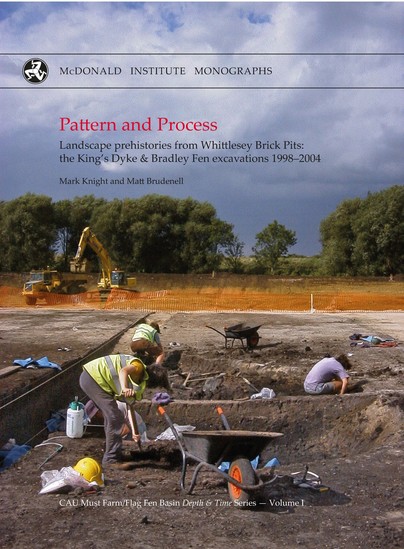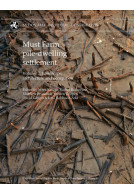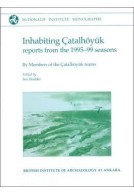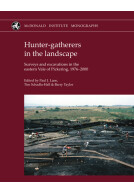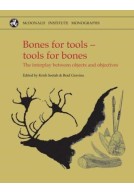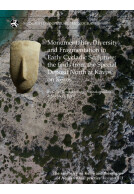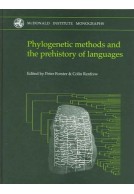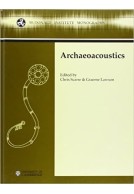Pattern and Process (Hardback)
Landscape Prehistories from Whittlesey Brick Pits: the King's Dyke & Brandley Fen Excavations 1998-2004
Imprint: McDonald Institute for Archaeological Research
Series: CAU Must Farm/Flag Fen Basin Depth & Time Series
Pages: 280
ISBN: 9781902937939
Published: 5th April 2020
Script Academic & Professional
Series: CAU Must Farm/Flag Fen Basin Depth & Time Series
Pages: 280
ISBN: 9781902937939
Published: 5th April 2020
Script Academic & Professional
You'll be £45.00 closer to your next £10.00 credit when you purchase Pattern and Process. What's this?
+£4.99 UK Delivery or free UK delivery if order is over £40
(click here for international delivery rates)
Order within the next 3 hours, 54 minutes to get your order processed the next working day!
Need a currency converter? Check XE.com for live rates
(click here for international delivery rates)
Order within the next 3 hours, 54 minutes to get your order processed the next working day!
Need a currency converter? Check XE.com for live rates
The King’s Dyke and Bradley Fen excavations occurred within the brick pits of the Fenland town of Whittlesey, Cambridgeshire. The investigations straddled the south-eastern contours of the Flag Fen Basin, a small peat-filled embayment located between Peterborough and the western limits of Whittlesey ‘island’. Renowned principally for its Bronze Age discoveries at sites such as Fengate and Flag Fen, the Flag Fen Basin also marked the point where the prehistoric River Nene debouched into the greater Fenland Basin.
A henge, two round barrows, an early fieldsystem, metalwork deposition and patterns of sustained settlement along with metalworking evidence helped produce a plan similar in its configuration to that revealed at Fengate. In addition, unambiguous evidence of earlier second millennium BC settlement was identified together with large watering holes and the first burnt stone mounds to be found along Fenland’s western edge.
Genuine settlement structures included three of Early Bronze Age date, one Late Bronze Age, ten Early Iron Age and three Middle Iron Age. Later Bronze Age metalwork, including single spears and a weapon hoard, was deposited in indirect association with the earlier land divisions and consistently within ground that was becoming increasingly wet.
The large-scale exposure of the base of the Flag Fen Basin at Bradley Fen revealed a beneath-the-peat or pre-basin landscape related to the buried floodplain of an early River Nene. Above all, the revelation of sub-fen occupation means we can now situate the Flag Fen Basin in time as well as space.
Other titles in the series...
Other titles in McDonald Institute for Archaeological Research...







